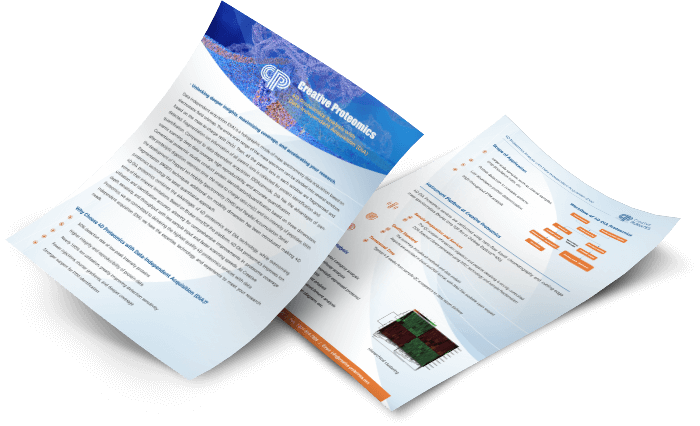MSX-DIA Quantitative Proteomics Services
Multiplexed data-independent acquisition (MSX-DIA), a variation of the DIA technique, is a new mass spectrometry technology put forward by MacCoss research group. In MSX-DIA, the mass range is divided into much narrower precursor isolation windows, each of which is usually about 4 m/z wide. At each scan cycle, the instrument randomly chooses N MS/MS of these windows containing precursor ions from which the MS/MS data can be obtained. This is repeated until the isolation windows list is empty. The non-negative least squares technique is used to assemble and demultiplex MS/MS spectra, thus eliminating the interference of the spectrum and providing higher selectivity than standard DIA. MSX-DIA technology, combined with Orbitrap mass spectrometer which has the advantages of ultra-high resolution (≥ 140,000), ultra-fast scanning speed (32-64ms) and ultra-high sensitivity (amol level), can collect all ion and fragment spectra without losing any information, with higher qualitative and quantitative accuracy for complex samples and well reproducibility. Besides, Skyline software is also used to manage the selection of isolation windows and process the data. MSX-DIA technology is able to analyze peptide sequences in the sample, select m/z peptides of interest, and support the quantitative analysis of thousands of polypeptides with high quantitative accuracy and consistency.
Workflow

Analytical Platform
AB SCIEX Triple-TOF 5600-plus, Q-Exactive, Orbitrap Fusion.
Bioinformatics Analysis
| Problems to be Solved | Bioinformatics Analysis |
| Quality Assessment of Protein | DIA Data Analysis |
| Protein Comparison of Different Samples | Multivariate PCA Analysis |
| Protein Statistical Analysis | Venn Diagram |
| Volcano Plot |
| Functional Annotation | KEGG Annotation |
| GO Annotation |
| COG Annotation |
| Clustering Analysis | Hierarchical Clustering |
| K-Means Clustering |
| Network Analysis | STRING Analysis |
Key Features
- Prioritize select some interested m/z peptides
- High throughput, identify and quantitate thousands of proteins at once
- High accuracy and repeatability
- Quantitatively identify nearly all detectable proteins, including low abundance proteins
- Pre-experiment method making is unnecessary
Applications
- Large-scale quantitative analysis of protein
- Biomarker discovery and validation
- Target discovery
- Mechanism and regulation mechanism research
- Pathological study of disease
- Genetic association study
- Microorganisms proteomics research
- Crop proteomics research
Sample Requirements
Based on our special protein extraction technology, we can quickly extract proteins from various samples and design personalized experimental schemes according to different experimental purposes. Specific requirements are as follows:
| Sample Type | Protein | Cell | Animal Tissue | Plant Tissue | Blood | Urine | Serum | Microbes |
| Quantify | 100 ug | 1×107 cells | 1 g | 200 mg | 1 mL | 2 mL | 0.2-0.5 mL | Dry weighed: 200 mg |
Note:
- Please prepare enough dry ice or ice packs to ensure low temperature during sample delivery.
- Our service is for research use only and is not intended for diagnosis.
Reports
- Experiment report
- Relative parameters of the mass spectrometer
- MS raw data files
- Bioinformatics analysis
- Peptide/Protein identification and intensity
* For Research Use Only. Not for use in the treatment or diagnosis of disease.



 4D Proteomics with Data-Independent Acquisition (DIA)
4D Proteomics with Data-Independent Acquisition (DIA)